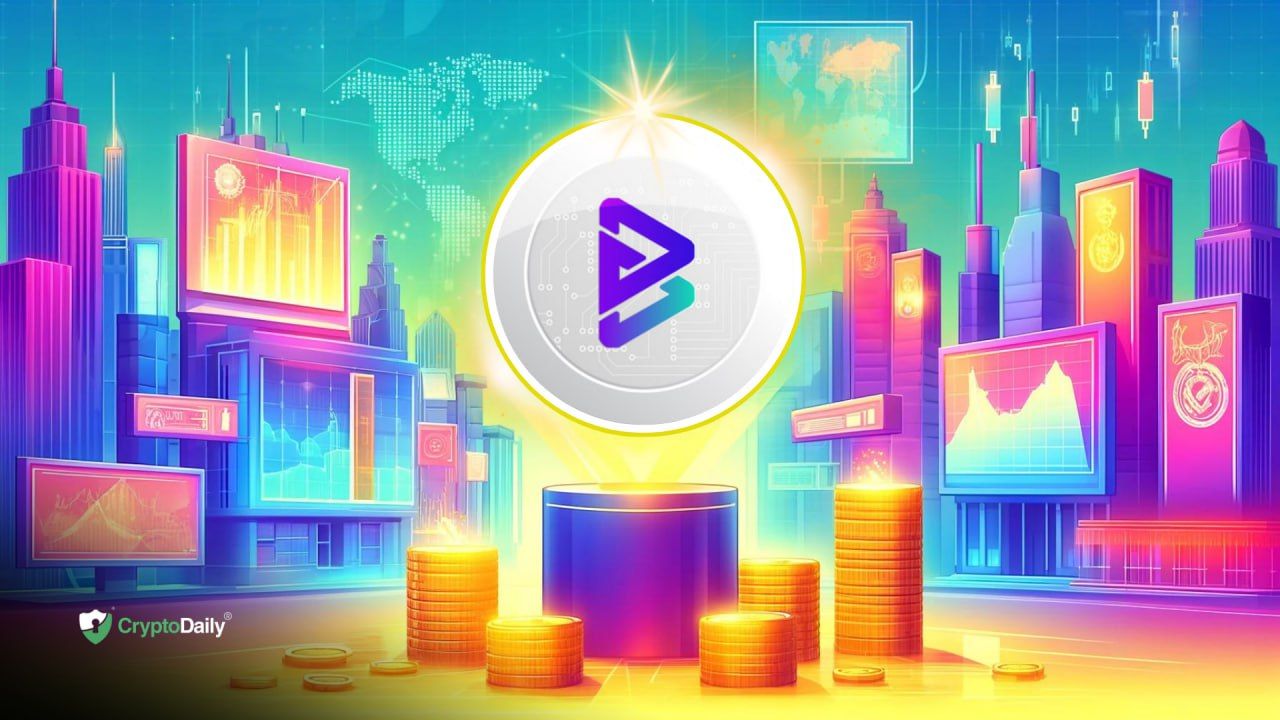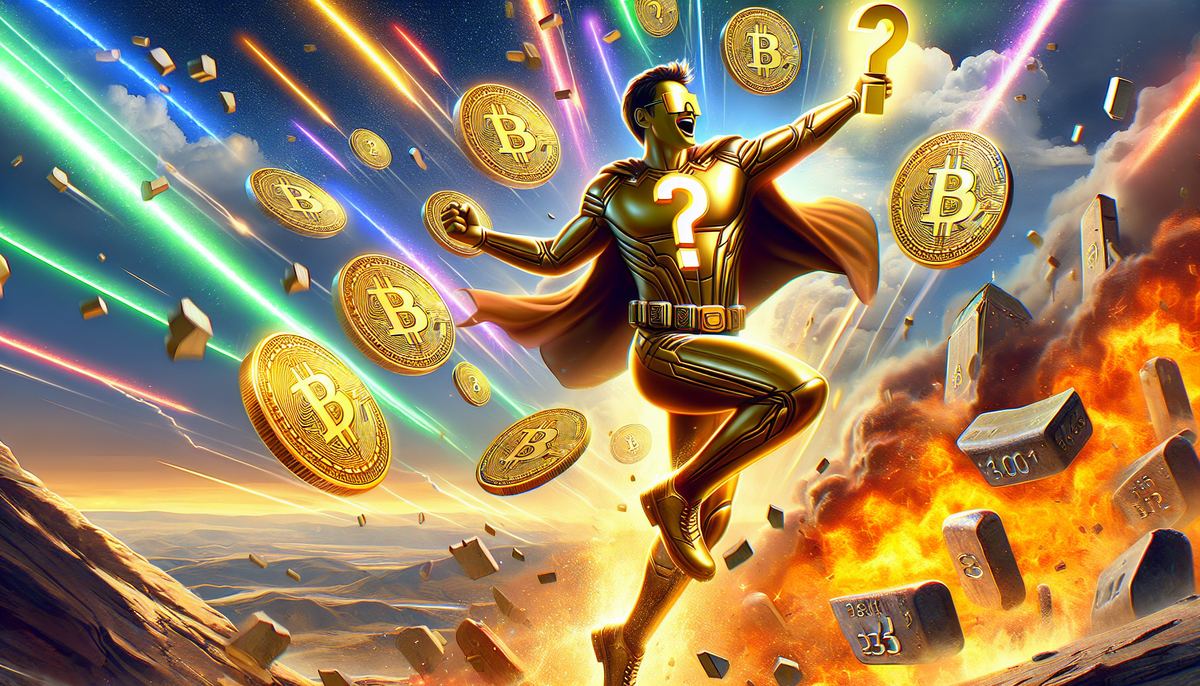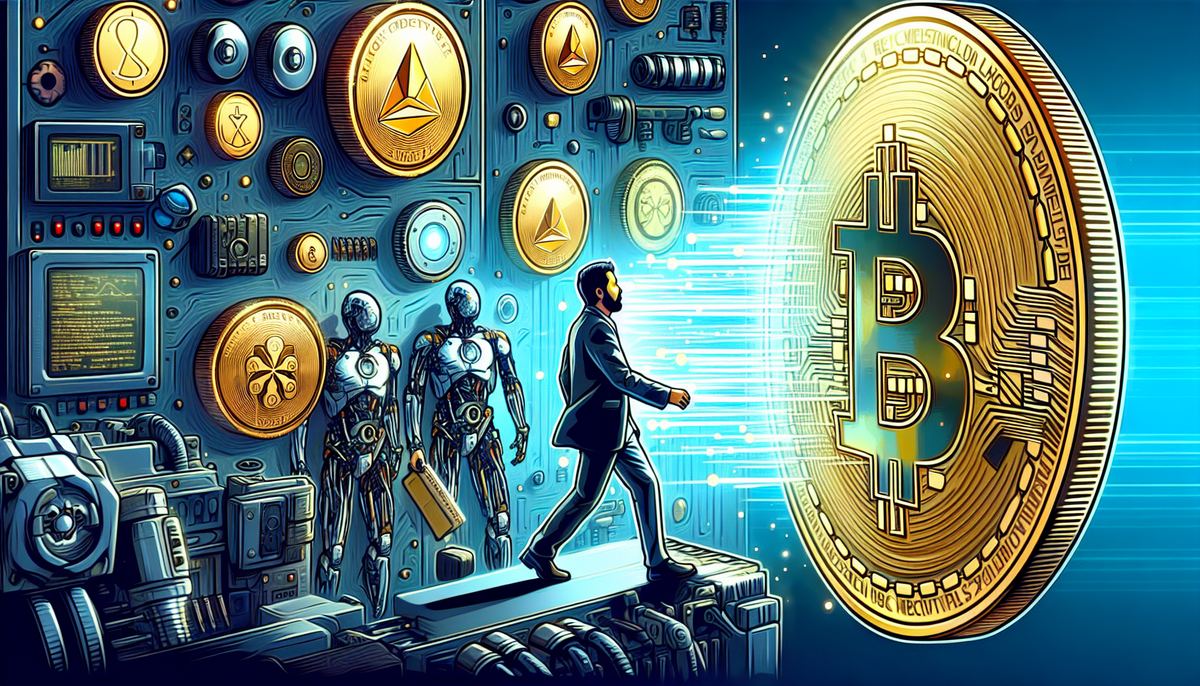Table of Contents
The ongoing geopolitical tensions, paired with macroeconomic problems and rising inflation, have severely impacted the crypto and stock markets in tandem. In the last month alone, the majority of the cryptocurrencies have cratered, giving back significant value and, in turn, dragging the global crypto market cap down from around $2 trillion to $1.45 trillion.
Most cryptocurrencies are currently experiencing freefall and awaiting a modicum of support from buyers. For instance, Bitcoin (BTC), the largest cryptocurrency by market capitalization, is currently hovering around $31,000 - more than 50% down since its previous ATH (all-time high). Within the last 30 days, BTC has lost around 25% of its value. Other altcoins like Ethereum (ETH), Solana (SOL), Cardano (ADA), Terra (LUNA), and dozens more are currently facing an uphill battle to recover lost ground.
The current bloodbath across both traditional and crypto markets has pointed out one thing: tech stocks and Bitcoin (BTC) have moved in tandem throughout this month. The Crypto Fear & Greed Index is currently trending around 10, indicating “extreme fear” among investors and an uptick in liquidations.
Market experts claim that what we are witnessing right now is the result of Bitcoin’s increasing correlation with the S&P Index, primarily because market participants are trying to reduce their risk exposure. And if that wasn’t enough, the Luna Foundation Guard’s decision to offload $750 million worth of BTC from its reserves to back up the price of its TerraUSD (UST) token, the panic over inflation, and a potential recession on the horizon have all contributed in crashing the crypto markets.
Traditional stocks haven’t fared better as investors continue selling off holdings to minimize losses. It appears that all confidence in the stock market has suddenly vanished as economic uncertainty rises and bond yields stick to near highs, with many market commentators increasingly talking up the likelihood of stagflation as supply chain struggles persist. At the time of writing, the Dow Jones Industrial Average continues to decline, while the S&P 500 fell below the 4000 level for the first time in more than a year. Likewise, the NASDAQ Composite market also registered a dip of almost 4.3%.
Part of the tumbling value of crypto and stocks can be attributed to the US Federal Reserve’s recent announcement regarding a 0.5% increase in interest rates and reduction in balance sheet bond holdings. As a result, the demand for bonds faced an unprecedented dip in demand, thereby lowering their prices and increasing their yields. This turned out to be bad news for the stock market, particularly technology-related stocks.
Other than these factors, the ongoing tensions between Russia and Ukraine are showing no signs of ending, further impacting global businesses and the economy, especially grain prices, which have surged higher. On top of it, earlier this week, news broke out that Shanghai is again intensifying lockdown as part of its zero-Covid policy. All of these realities have forced investors to rethink the growth outlook.
Tokenized RWA Market Holds Its Ground
While the broader market is bleeding out, the tokenized real-world asset sector has been able to defy the dip. Since tokenized real-world assets do not necessarily correlate with moves in cryptocurrencies or stocks, they have remained largely indifferent to the broader market's volatility.
By bridging real-world assets like invoices, royalties, and real estate to the ever-expanding DeFi sector, several projects have unlocked trillions of dollars worth of liquidity that can take the DeFi ecosystem to new heights. At the same time, tokenized real-world assets also enable users to access low-interest crypto loans and even earn decent yields by joining liquidity pools.
For instance, the DeFi market has mostly been limited to on-chain assets, leading to a shortage of liquidity and over-collateralized options, which has limited the majority of the population from joining the DeFi movement. With the tokenization of real-world assets, it has become easier for everyone to access financing and earn yields without intermediaries or third-party service providers.
To that extent, Centrifuge, a decentralized asset financing protocol, is among the platforms where anyone can tokenize real-world assets and use them as collateral to access financing via Tinlake - its proprietary asset-backed lending application (dApp). At the same time, Centrifuge also lowers the risk for investors by avoiding the volatility of the crypto market. The platform uses only DAI or other US Dollar-pegged stablecoins like USDC to offer non-volatile investment opportunities, making it a promising investment option, especially when cryptocurrencies and traditional markets are getting increasingly interrelated.
Even when the crypto and stock markets are in turmoil, with investors jumping in on a selloff spree, the total value locked (TVL) across all real-world asset pools on Tinlake is close to touching 85,000,000 DAI. Some of the listed asset pools on the platform offer as high as 10.57% APY, irrespective of the changes in value across the crypto and stock markets, positioning them as a potential hedge against turbulent market forces.
Disclaimer: This article is provided for informational purposes only. It is not offered or intended to be used as legal, tax, investment, financial, or other advice
Investment Disclaimer













